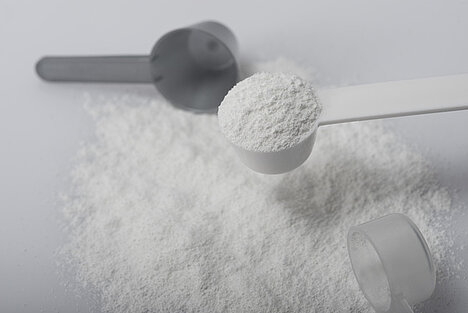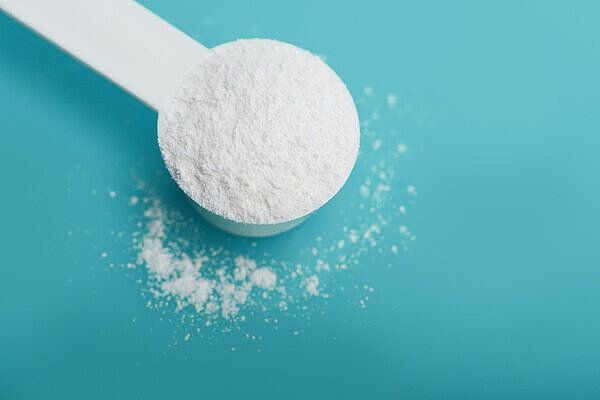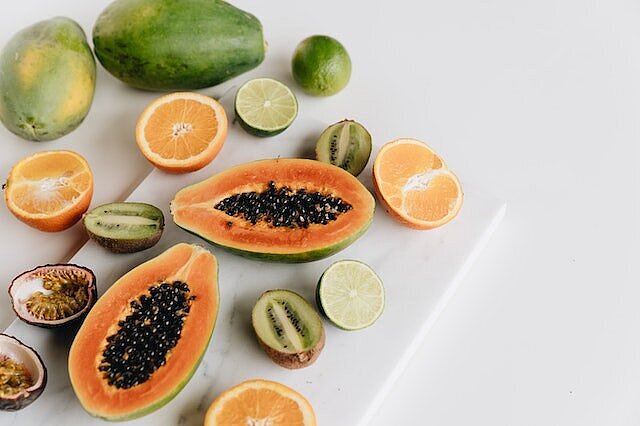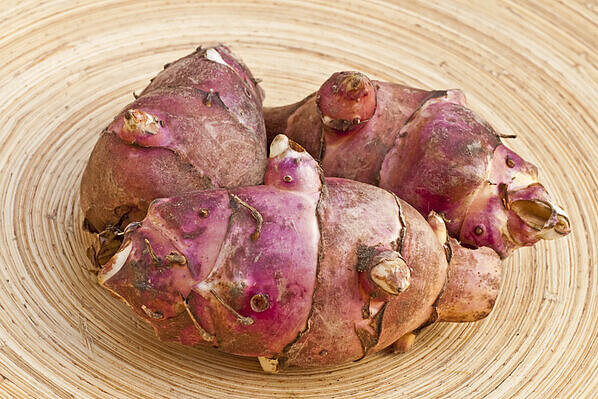Maltodextrin

Maltodextrin is a carbohydrate derived from starch. It is often used as an additive in foods and drinks to improve taste, texture or shelf life. But is maltodextrin also suitable for dogs? In this article you will find out what maltodextrin is, how it affects dogs and what its advantages and disadvantages are.
What is maltodextrin?
Maltodextrin is a so-called polysaccharide, which consists of several glucose molecules. It is produced by the hydrolysis of starch, which can come from various plants such as maize, wheat or potatoes. The starch is treated with water and enzymes or acids to break down the long starch chain into shorter glucose chains. Depending on the degree of hydrolysis, maltodextrin has a different degree of sweetness and solubility.
Maltodextrin has a number of properties that make it attractive for the food industry. It is tasteless, easily soluble, stable at high temperatures and can improve the consistency and mouthfeel of food. It also has a low glycemic index (GI), which means that it causes blood sugar levels to rise only slowly. This is why maltodextrin is often used as a filler, thickener or carrier in products such as sweets, baked goods, milk powder, soups or sports drinks.
How does maltodextrin affect dogs?
Maltodextrin is generally not toxic or harmful to dogs. It can even have some benefits, especially for dogs with high energy requirements or certain illnesses. Maltodextrin provides quickly available energy for the muscles and brain and can therefore be helpful during sporting activities or stressful situations. Maltodextrin can also support the intestinal flora and promote digestion. It can also be used in dogs with diabetes mellitus, as it does not affect blood sugar levels as much as other types of sugar.
However, there are also some disadvantages of maltodextrin for dogs. Firstly, maltodextrin can lead to obesity if it is fed in excessive quantities. This is because maltodextrin has a high calorie content and can stimulate the appetite. On the other hand, maltodextrin can trigger allergies or intolerances, especially if it is made from grains such as wheat or corn. This can manifest itself in symptoms such as itching, skin rashes, diarrhea or vomiting. Maltodextrin can also impair the absorption of other nutrients in the intestine or lead to an imbalance in the acid-base balance.
How much maltodextrin should my dog be given?
There is no general answer to the question of the optimum amount of maltodextrin for dogs. This is because it depends on various factors, such as the dog's age, weight, state of health and activity level. In general, however, less is more. Maltodextrin should only be fed in small quantities and only occasionally. It should also always be offered with sufficient water to ensure good digestion.
If you want to give your dog maltodextrin, you should always pay attention to the quality and origin of the product. It is best to choose maltodextrin that is organically grown and free from additives. You should also make sure that the maltodextrin comes from a plant that your dog tolerates well. If you are unsure whether your dog can tolerate maltodextrin or how much you can give him, you should always ask your vet for advice.
Maltodextrin is a carbohydrate additive found in many foods and drinks. It can have both advantages and disadvantages for dogs. It can provide quick energy and promote gut health, but it can also lead to obesity or allergies. If you want to give your dog maltodextrin, you should always pay attention to the quality and dosage.
If you notice any signs of hypersensitivity or poisoning in your dog, you should see your vet immediately. We are not a substitute for a vet, but we try to be as accurate as possible. Every dog reacts differently and we recommend you get a second opinion or consult your vet if in doubt.
Stay healthy and take good care of your four-legged friend!😊
Similar to Maltodextrin
Dextrose can help your dog if he is hypoglycemic. This can happen, for example, if he eats too little or too irregularly, if he suffers from diabetes or if he has overexerted himself. Symptoms of...
Fructose is a carbohydrate that is an important source of energy for the body. It is absorbed in the small intestine and enters the bloodstream. There it is either consumed directly or stored in the...
Glucose is a monosaccharide, i.e. a simple sugar. It consists of a ring of six carbon atoms to which hydrogen and oxygen atoms are attached. Glucose is the most common sugar in nature and is found...
Inulin is a carbohydrate that consists of several fructose molecules. It is used by plants as an energy store and is found, for example, in chicory, artichokes, Jerusalem artichokes and dandelions....



